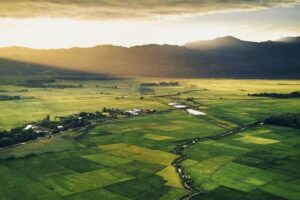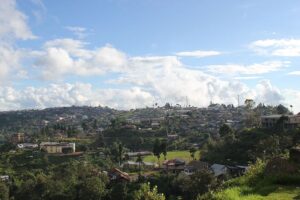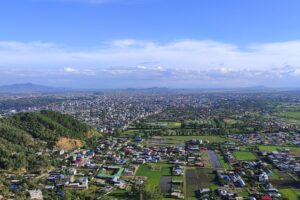Situated in the northeastern region of India, Manipur serves as a living testament to a captivating historical narrative that has unfolded over the centuries. The narrative spans from the sovereign rule of the Meitei dynasty to its integration into British India and, eventually, its evolution into a fully recognized state in 1972. The history of Manipur is as diverse as it is fascinating.
In unraveling the historical sites of Manipur, we have unearthed a chronicle of courage, sacrifice, and resilience. Each site tells a unique story, contributing to the broader narrative of Manipur’s multifaceted history. As we stand amidst the echoes of battles fought and sacrifices made, we gain a profound appreciation for the indomitable spirit that defines Manipur. These historical sites are not mere landmarks but living testimonials of a legacy that continues to shape the identity of this remarkable region. In visiting these sites, one not only witnesses history but becomes an integral part of its enduring narrative.
A Brief Overview of the History of Manipur
Before we embark on our exploration of the historical sites, it is essential to understand Manipur’s historical epochs. The kingdom developed under the reign of King Loiyumba in the 12th century, and it saw significant events such as the legendary burning of sacred scriptures during King Pamheiba’s rule in the 18th century.
Manipur became a princely state under British rule in 1891 after the Anglo-Manipur war, marking the end of its independence. The state’s pivotal role during World War II, battles between Japanese and Allied forces, and its subsequent merger into India in 1947 form crucial chapters in Manipur’s history.
List of Historical Sites of Manipur:
1. Kangla Fort
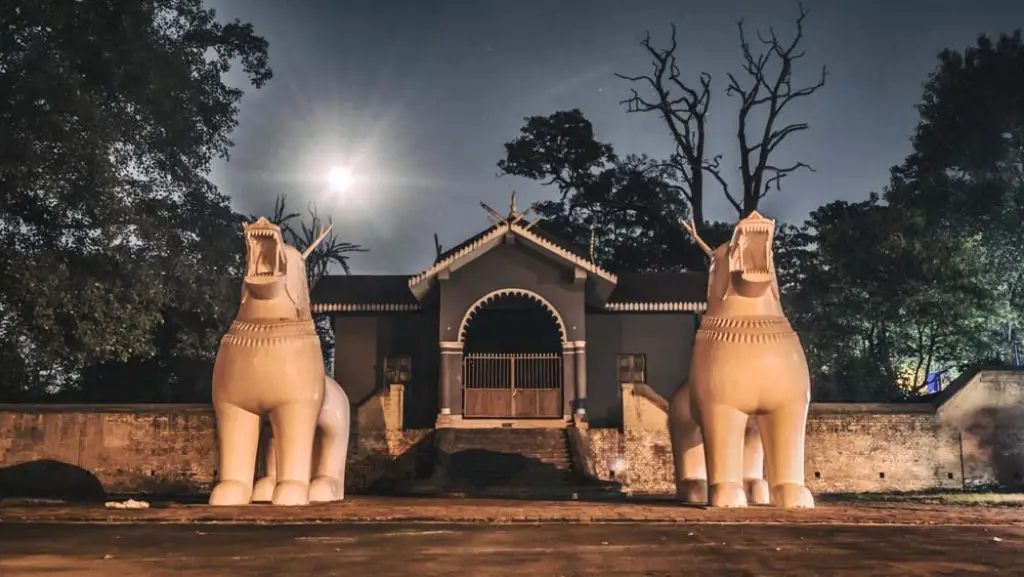
Location: Imphal West District | Within Imphal city
The Kangla Fort, officially referred to as Kangla, stands as a historic fortified palace in Imphal, Manipur, India, situated on the western bank of the Imphal River. Once spanning both riverbanks, it now exists in a state of ruins. The term “Kangla” originates from the old Meetei language, signifying “the prominent part of the dry land.” Serving as the traditional seat of past Meetei rulers, Kangla was the ancient capital of pre-modern Manipur. Revered by the people of Manipur, it holds significant cultural and historical importance, evoking memories of the region’s independence and remaining a sacred site for the Meiteis. There is a proposal to designate the Kangla Fort as a UNESCO World Heritage Site.
2. Shri Govindajee Temple
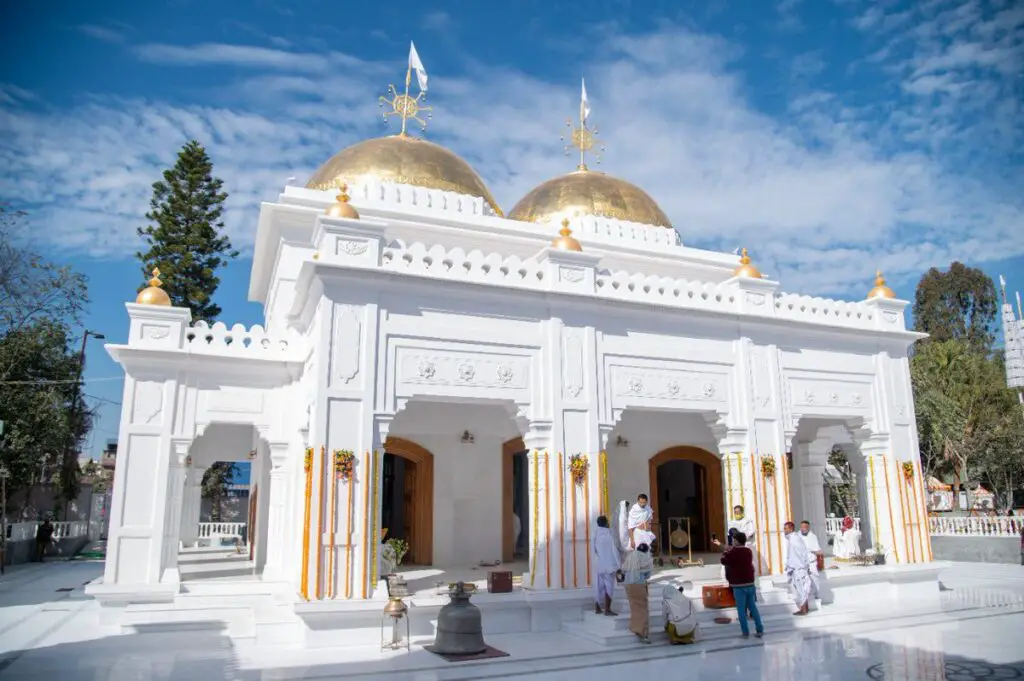
Location: Imphal East District | Within Imphal city
Shree Govindajee Temple, a Meitei Hindu temple is the largest Vaishnava temple in Imphal district, Manipur, India. Originally constructed in 1846 under Maharaja Nara Singh’s rule, it underwent reconstruction by Maharaja Chandrakriti in 1876. The temple is in a simple design featuring two gold-plated domes, a paved courtyard, and a spacious Mandop (Meitei for ‘Mandapa’ or congregation hall). The central chamber houses Govindaji (Krishna) and Radha as primary deities, with adjacent chambers dedicated to Krishna and Balarama, and Jagannath, Subhadra, and Balabhadra. Surrounded by a well-maintained garden, a small pond nearby, and a vast open space with tall trees along the boundary, the temple exudes elegance in its idyllic setting.
3. Thangal General Temple

Location: Imphal | Within Imphal city
Constructed in 1879 AD by Thangal General, Thangal General Temple in Imphal’s Wangkhai locality boasts an elevated square pedestal design. The inner sanctum and outer jacket rise vertically to the molding cornice. The outer jacket walls have rectangular openings on each side, leading to four staircases for circumambulatory path access. The cornice is achieved with outward-stepping brick layers, forming a slanted projection. Alternating with brick walls, the railing covers the terrace above the pradakshna path. The octagonal dome follows, with converging arches and an inverted kalasa. Temple replicas adorn corners, reflecting the Bengal hut style. The internal sanctum, ‘Garbha Griha,’ surrounded by a pradakshna path, displays a dome and railing with Islamic influences, showcasing exceptional brick masonry.
4. Red Hill (Maibam Lokpaching) & India Peace Memorial

Location: Bishnupur District | Distance from Imphal: 16 km
Situated approximately 16 kilometers south of Imphal City on Tiddim Road (NH-150), Red Hill (Maibam Lokpaching) in Manipur is a renowned historic site from World War II. Here, Japanese soldiers joined the Indian National Army to confront the British in a fierce battle. War veterans, in tribute to Japanese martyrs, erected the “India Peace Memorial” at the hill’s base, creating a pilgrimage destination for Japanese tourists. This monument stands as a poignant reminder of the collaborative efforts and sacrifices made during World War II, attracting visitors seeking to connect with the shared history and pay respects to those who fought in the conflict.
5. Khongjom War Memorial

Location: Thoubal District | Distance from Imphal: 36 km
The Khongjom War Memorial stands in tribute to Major General Paona Brajabashi, who valiantly resisted the British army in the Battle of Khongjom during the Anglo-Manipur War in 1891. Positioned atop Kheba Hill, it honors the spot where he laid down his life. Every 23rd of April, on Khongjom Day, people gather to pay respects to the martyrs of this significant battle. The clash marked the greatest confrontation of the Anglo-Manipur War, where Major Paona Brajabasi and other freedom fighters sacrificed their lives. The memorial serves as a poignant reminder of their bravery, commemorating a pivotal moment in Manipur’s history.
6. Imphal War Cemetery

Location: Imphal East and West Districts | Within Imphal city
The Imphal War Cemetery, located in Imphal, serves as a poignant memorial for soldiers who bravely fought against Japanese forces in World War II. Maintained by the Commonwealth War Graves Commission, it holds the final resting place for 1,600 Commonwealth service personnel, many of whom lost their lives during the Battle of Kohima and Imphal. Each memorial within the cemetery bears brass plaques with the insignia of the fallen soldiers. A visit to Imphal is incomplete without paying tribute at this historic site, a solemn reminder of the sacrifices made by those who fought in one of the significant battles of World War II.
7. INA Memorial
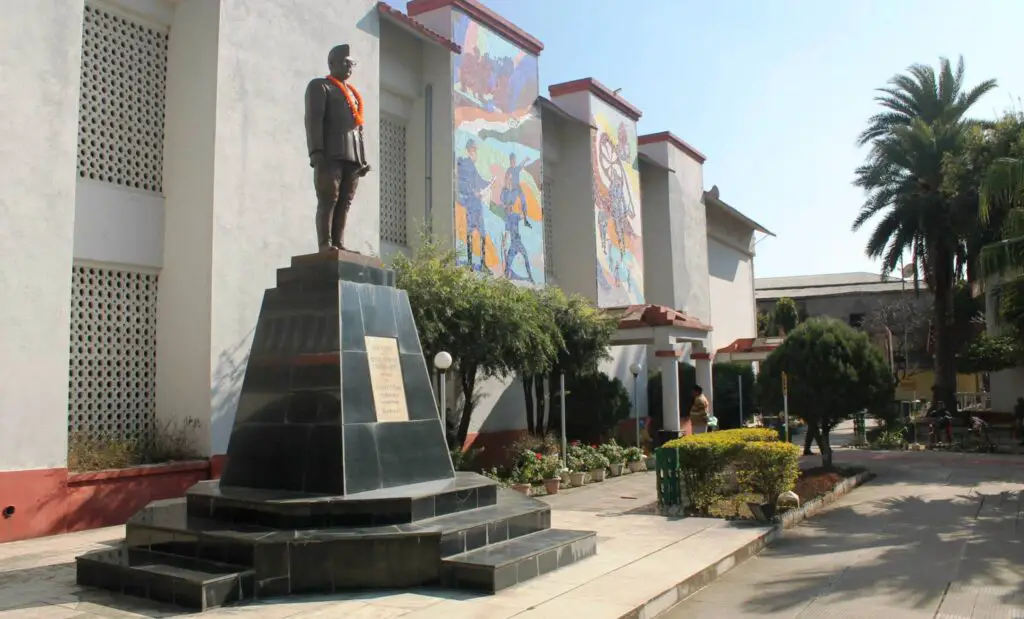
Location: Moirang, Bishnupur District | Distance from Imphal: 48 km
Situated 45 km south of Imphal in Manipur, the INA Memorial complex is a war memorial at Moirang dedicated to the soldiers of the Indian National Army. The main attraction is a reconstruction of the original INA memorial in Singapore, demolished by the British Indian Army in 1945. The complex includes a museum, library, auditorium, and a statue of Subhas Chandra Bose. It holds immense significance in India’s struggle for freedom, honoring the sacrifices of Indian soldiers under Netaji Subhas Chandra Bose’s leadership. The museum displays priceless artifacts, offering profound insights into India’s freedom struggle and making a visit to this memorial an enlightening experience.
Boasting a wealth of historical sites and cultural heritage, Manipur beckons to those intrigued by India’s abundant cultural legacy. Exploring these seven historical sites of Manipur is essential for anyone seeking insight into the region’s illustrious history and culture. Each site, whether the grand Kangla Fort or the serene War Cemetery, presents a unique and enriching experience.
Read about the 15 Best Places to Visit in Imphal
It is to be noted that an Inner Line Permit (ILP) is required for non-locals to enter and stay in the Indian state of Manipur. The permit can be obtained through the official website of the Manipur Inner Line Permit System, which is designed to regulate and monitor the entry of non-locals into the state. The permit can also be obtained from designated offices in the state, and it is usually issued for 15 days, although it can be extended. The ILP is intended to protect the rights and interests of the local population and to maintain peace and security in the state.
(To know more about Manipur State Tourism check the link here.)



